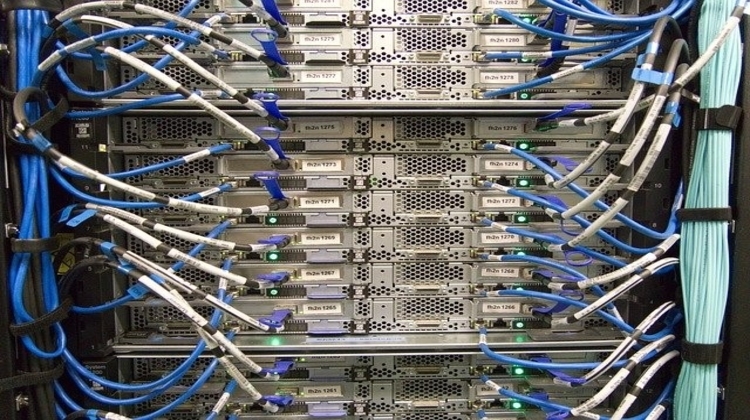Whether you are starting a new business, relocating or maybe even upgrading an old network, it’s important to get the correct network cabling. The wrong choice can prove to be very costly while reducing efficiency and productivity. Even if your company is using WIFI, the system still needs to be wired in much the same way as was done before.
Cables are constructed by bundling individual wires together, so conducting signals or power. Conductors are either made with copper or glass/plastic – which carries the fiber-optic transmission. These cables are then wrapped together using bands, tape or braids or metal or plastic.
Twisted Copper
To improve electrical performance, copper wires use twisted pairs. These twisted copper cables can provide speeds of up to 1 Gigabit for Category 5e and up to 10 gigabits for Category 6. It is by far the most affordable option and should work for most businesses – unless your business happens close to any kind of electrical interference.
Optical Fiber
Fibre-optic is the better option but does come at a price. Made by drawing glass or plastic only a little bigger than a human hair, it is the most advanced cabling material out there. It delivers the faster speed, incredibly durable and can go the longest distance (up to roughly 6500 feet). Another advantage is that it delivers more bandwidth, so companies who are experiencing rapid growth often choose despite its higher price.
What are your needs
Before rushing out and making a rash decision think carefully about your needs. In particular, how much bandwidth is needed to fully support your business.
Here are a few more points to consider:
- How many workstations are connected to your network
- How much data does your system typically need to handle?
- How long does the cable need to travel?
- What is your budget?
There are numerous applications available that allow you to track a network’s use over a period of time and calculate the ideal amount of bandwidth needed. Remember that as your business grows, so will your needed bandwidth. By adding extra bandwidth it gives you more flexibility to add more workstations or increase data usage in the future.

Speed
The demand for bandwidth is growing rapidly and the manufacturers of both types of cabling are constantly pushing boundaries. While fiber optic has always been considered faster, there have been great advances in copper technology. Who knows what the cabling landscape will look like in the future.
Cost
While the speed of copper cabling is increasing, the cost of fiber is also falling. It’s important to have a clear cost vs performance comparison before making a decision.
Distance
Fiber-optic certainly has an advantage when it comes to distance. It can travel further with less loss which should be a consideration when factoring the distance your wires will need to travel.
Security and Interference
One significant advantage fiber-optic has over copper is that it is immune to electromagnetic interference. Evaluate the environment that your business is in. Military installations and hospitals can provide interference that causes issues with copper cabling. However, if your copper cabling as been properly jacketed it can reduce the interference. Remember that even though WIFI is being used, and is undoubtedly convenient, a hard-wired network provides greater speed, reliability, and security.
Quality
There is of course price differences between copper and fiber-optic, but even within those two spheres, you are likely to see considerable differences in price. Each element within a cable contributes to its performance. Simply put, high-quality products tend to produce better quality service. Cheap cables may seem attractive at first, but they are likely to be cutting corners with some of the materials and construction. Buying from a manufacturer who is well known for being a market leader will yield the best results.
Using well-made cables that have been installed properly may be more expensive in the short term, but prove to be more beneficial in the long term. On the other hand, badly constructed cables that have been installed in an awkward area will likely need to be replaced in the future. This is one area that it pays to invest in more at the start. Cables can be scratched, kicked or pulled by accident so good quality products will prevent the need for them to be constantly replaced.
Make sure you are using a reputable vendor, ideally from the Ideacom Network, an organisation which adheres to the ANSI/EIA/TIA 568B structured cabling system standards. This will ensure your cabling, and its installation will be of the highest standard. Ask for the written certification results after the initial testing has been done. These results should exceed the industry standard.
Identification
It’s important that the vendor clearly identifies each cable while installing it. Having this done at the time will greatly speed up the process when an upgrade or move is required. As with the quality, the right vendor should be providing you with a clear and honest system of identifying your cables.
About Mustard IT, your security partner
Mustard IT is a trusted team, experienced in security and able to explain complex issues to you in a language you’ll understand. Contact us today to find out how we can help you.




